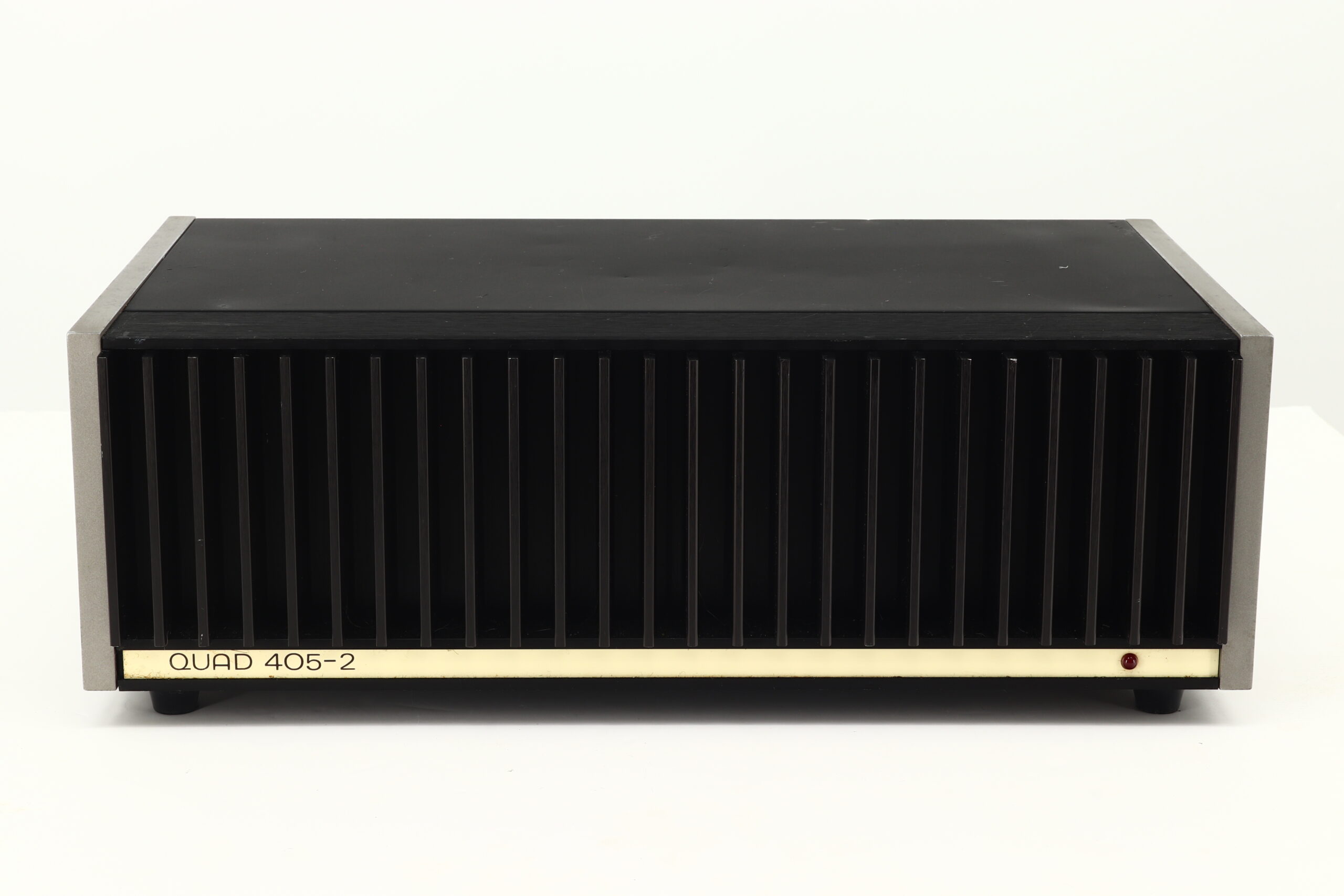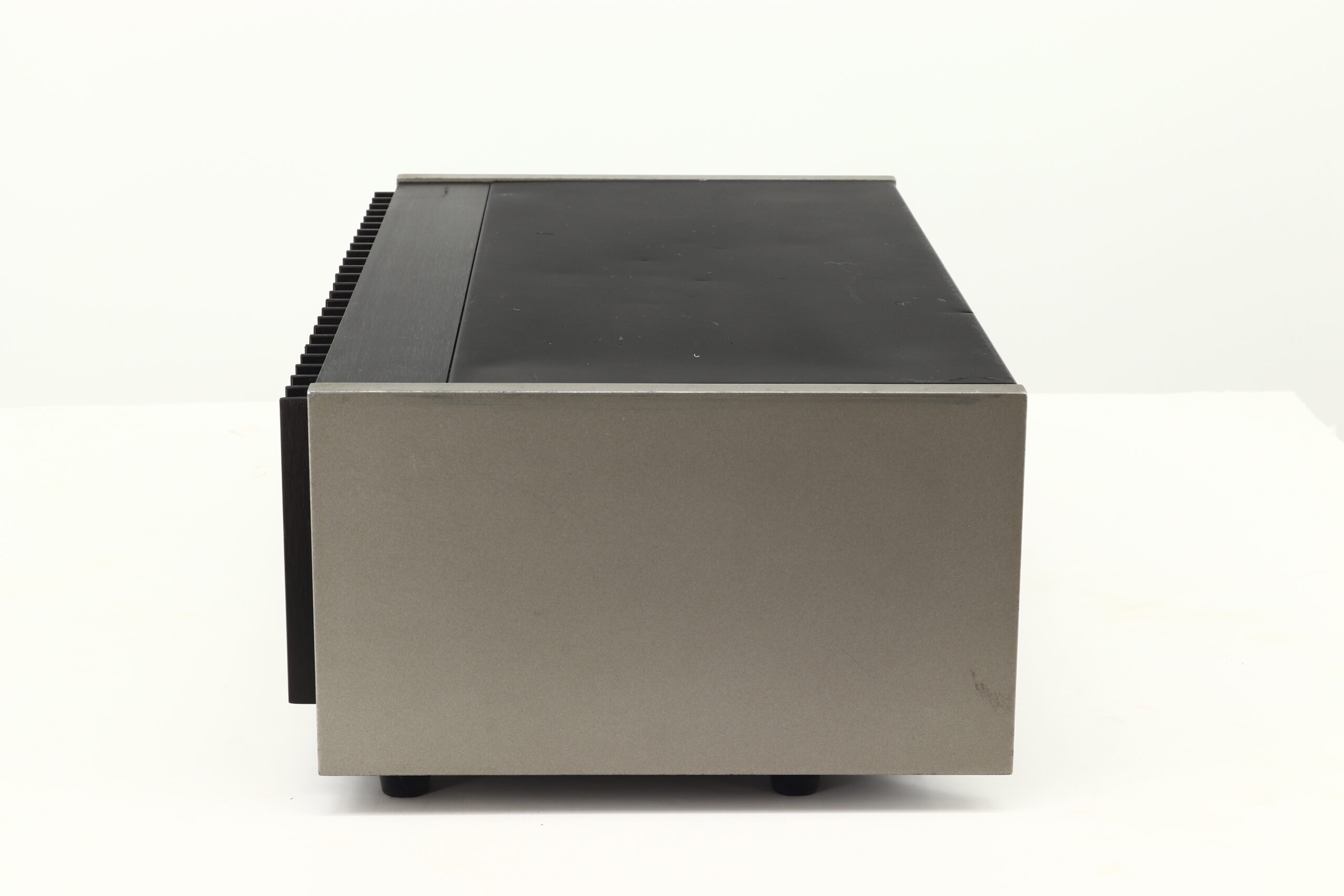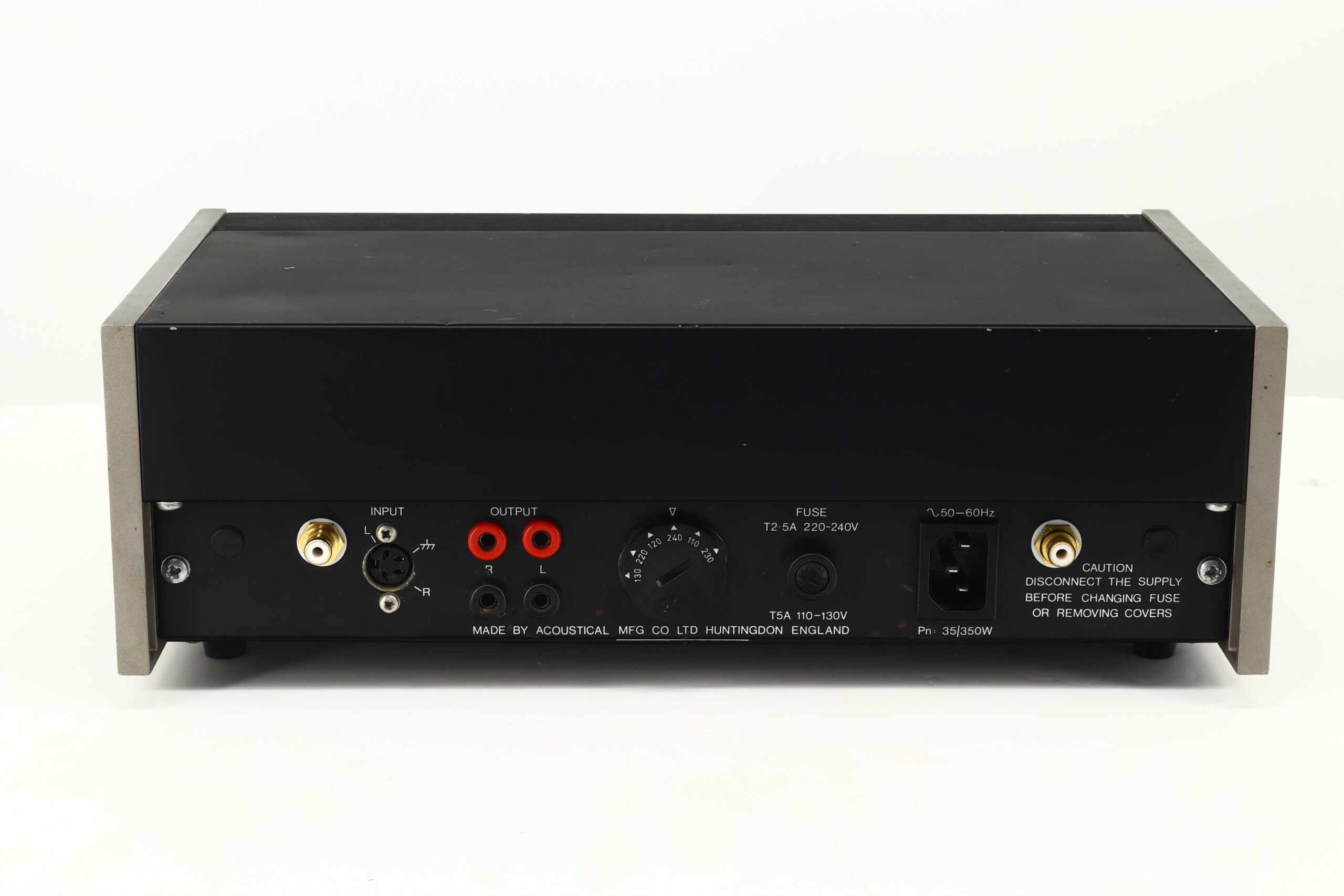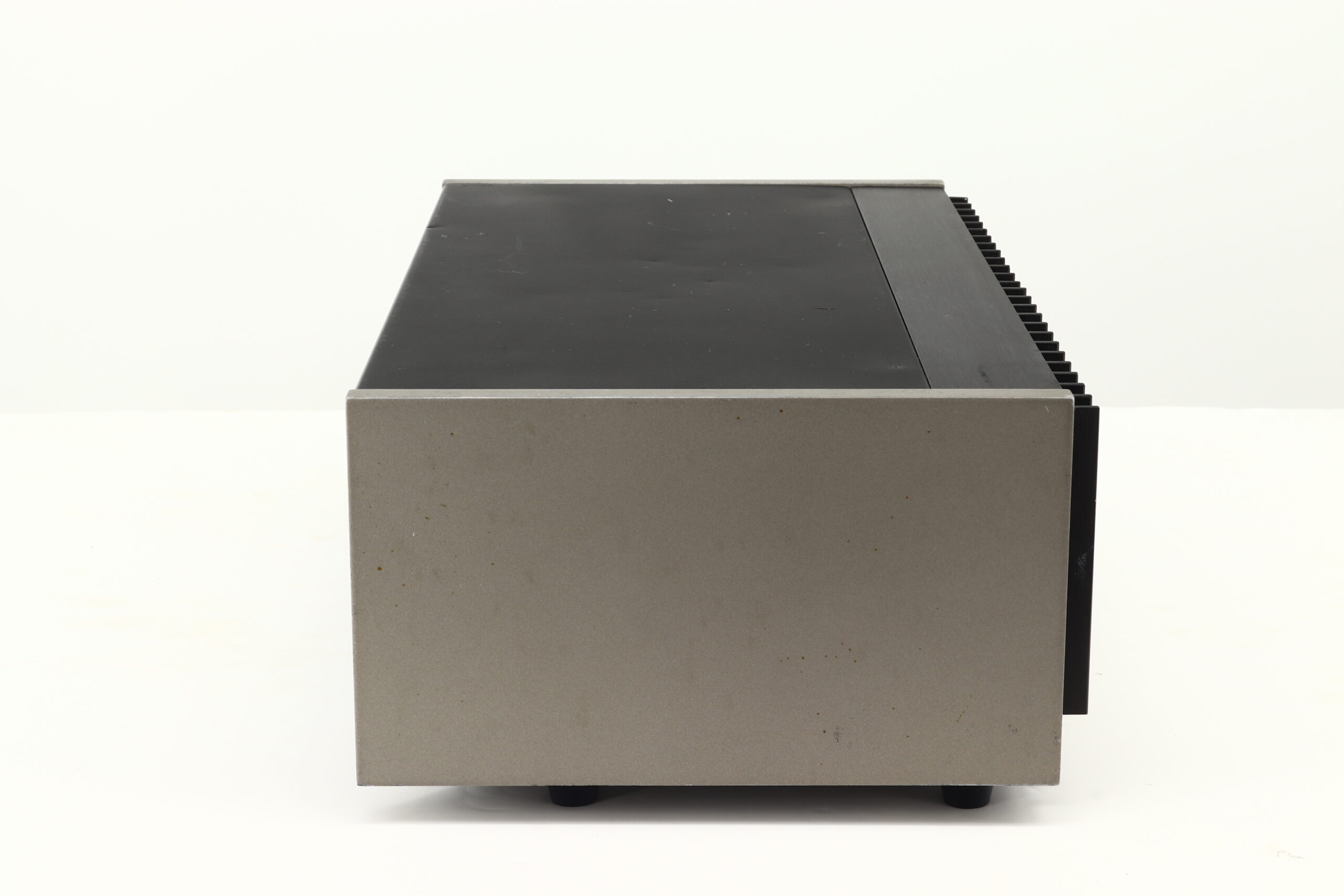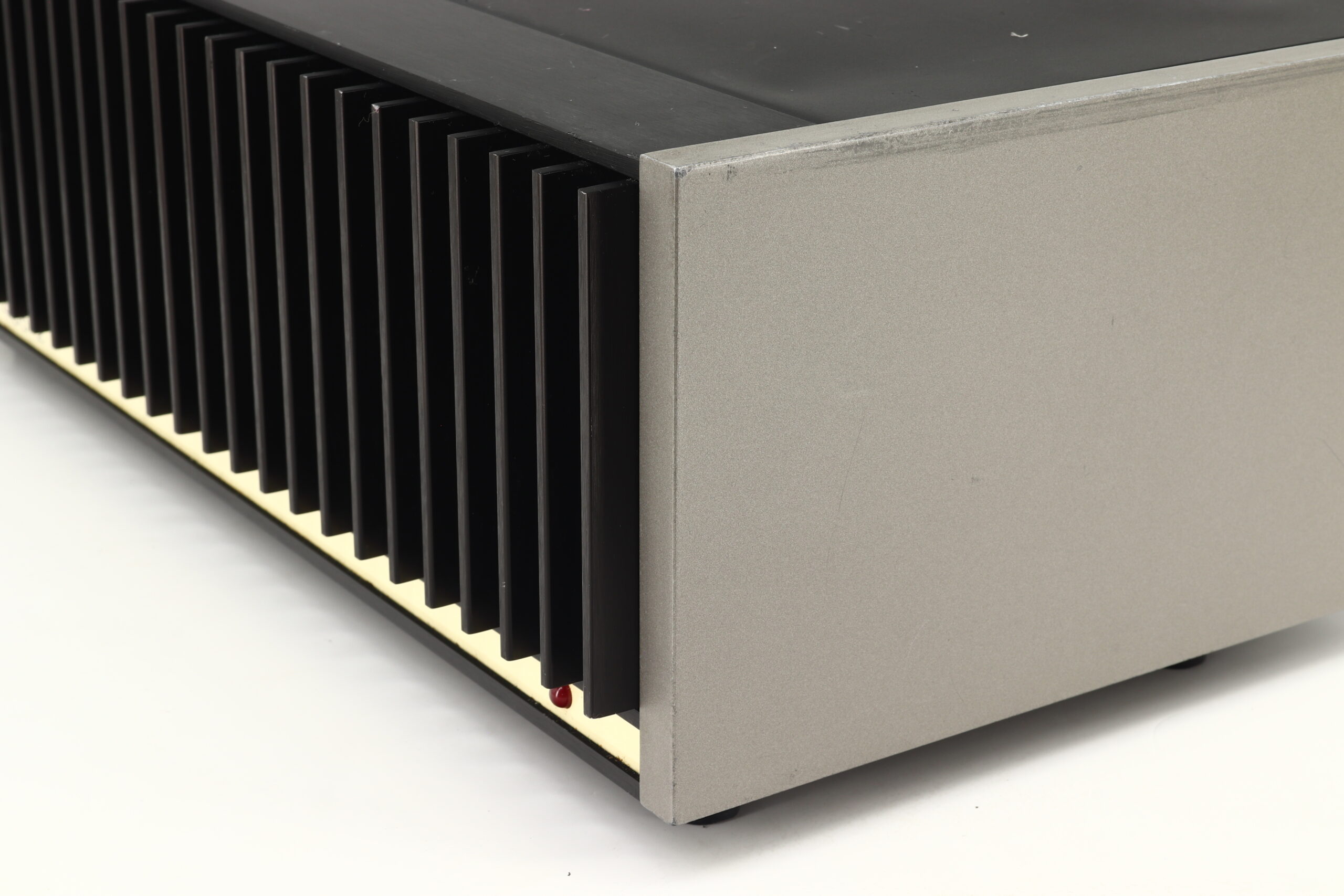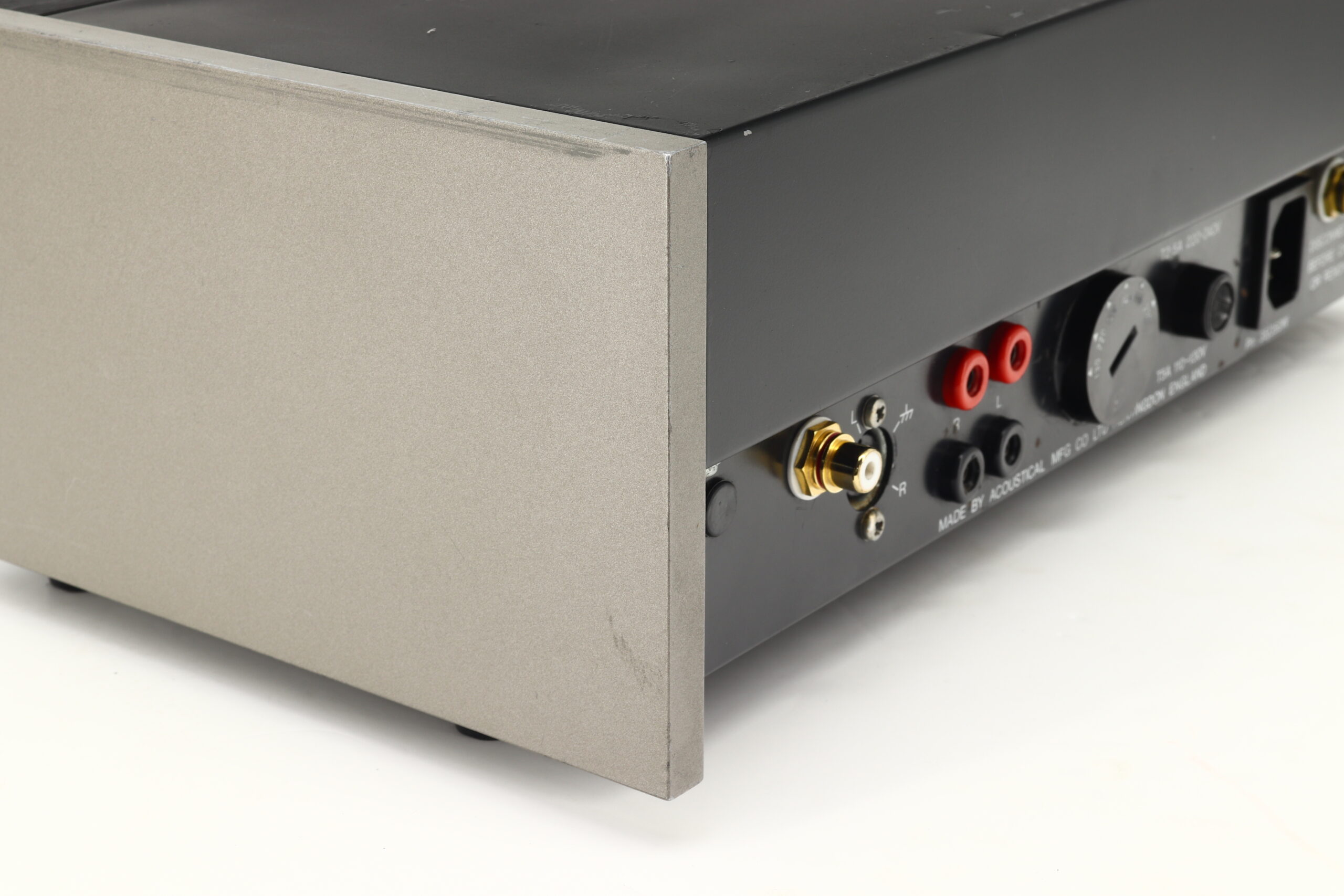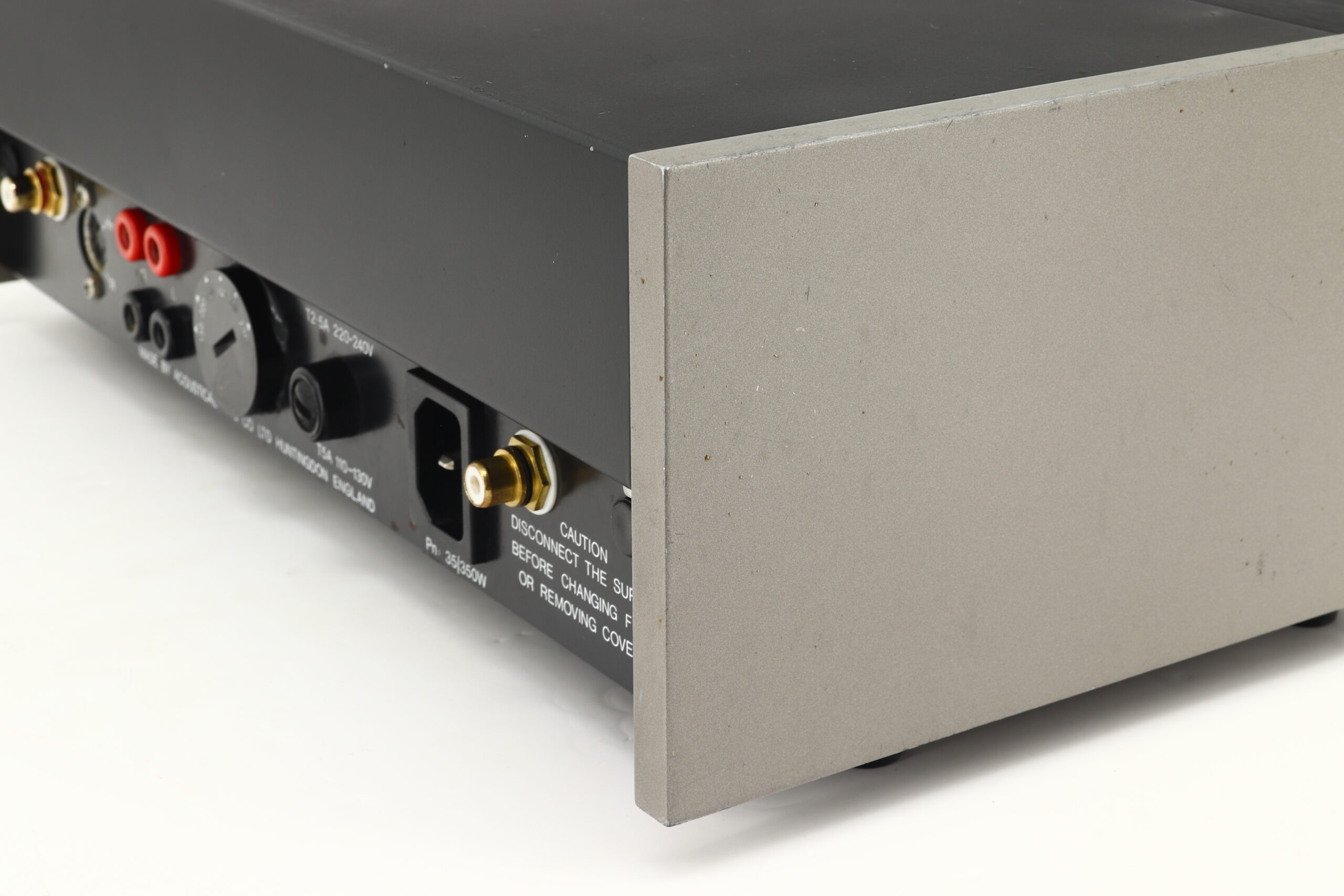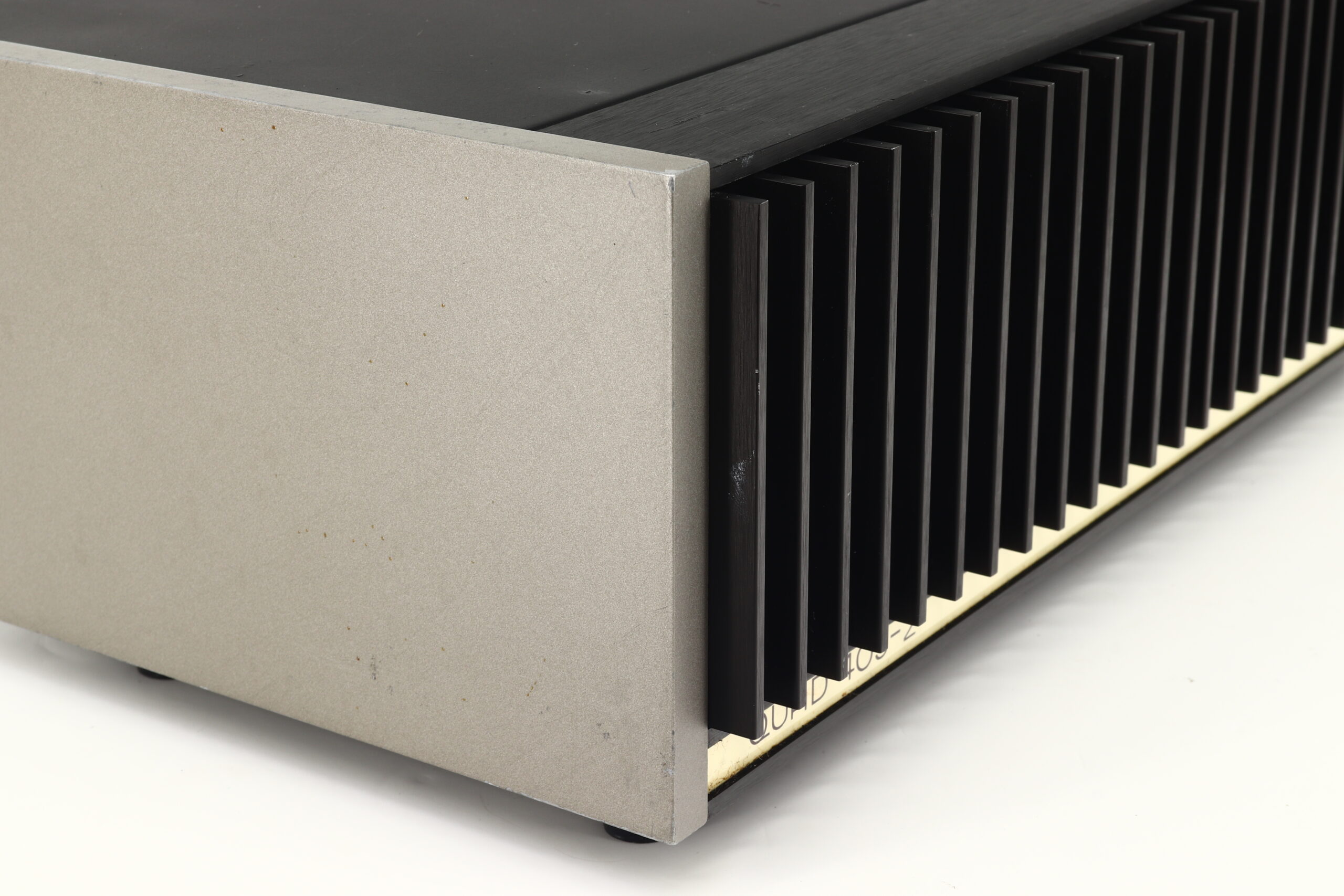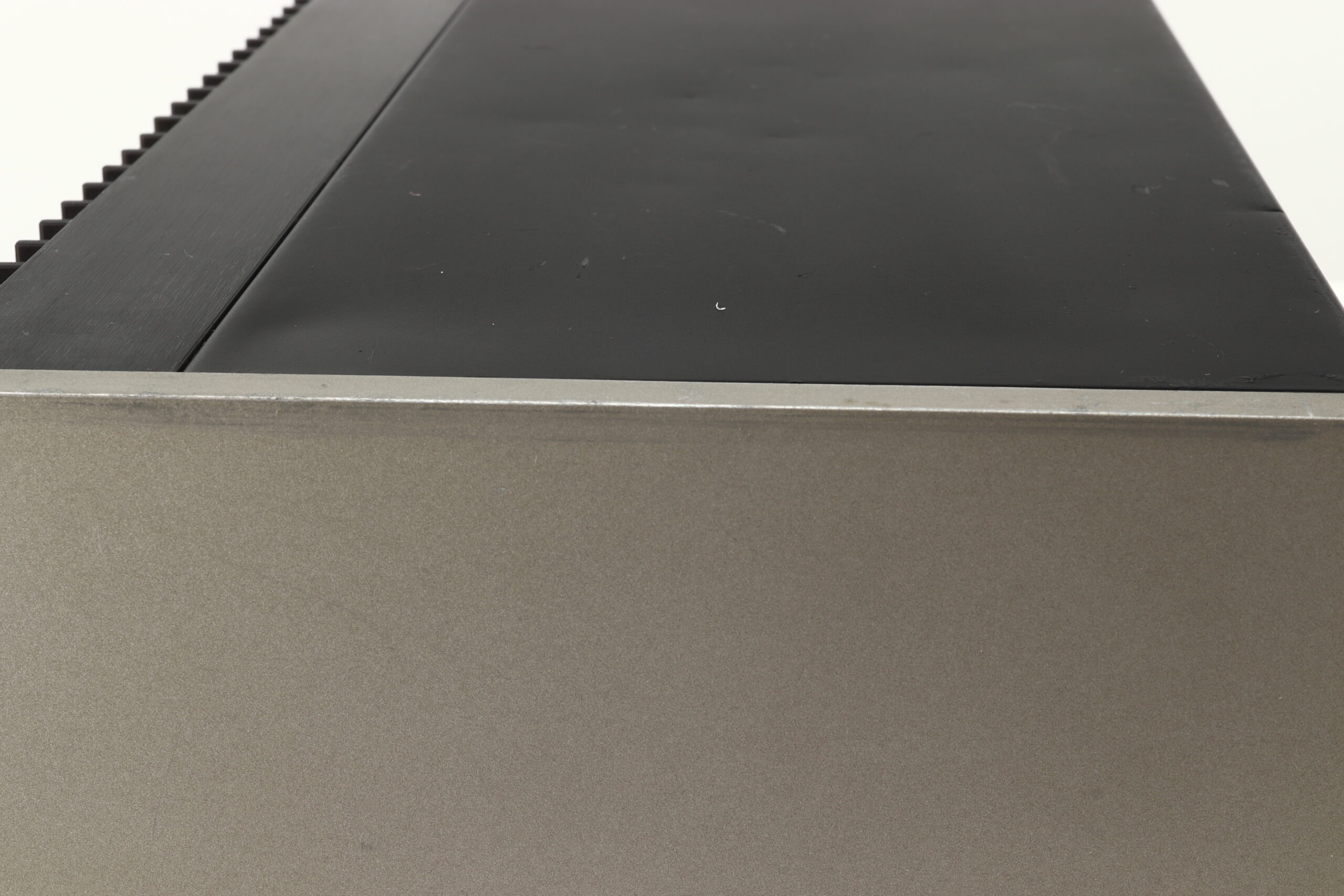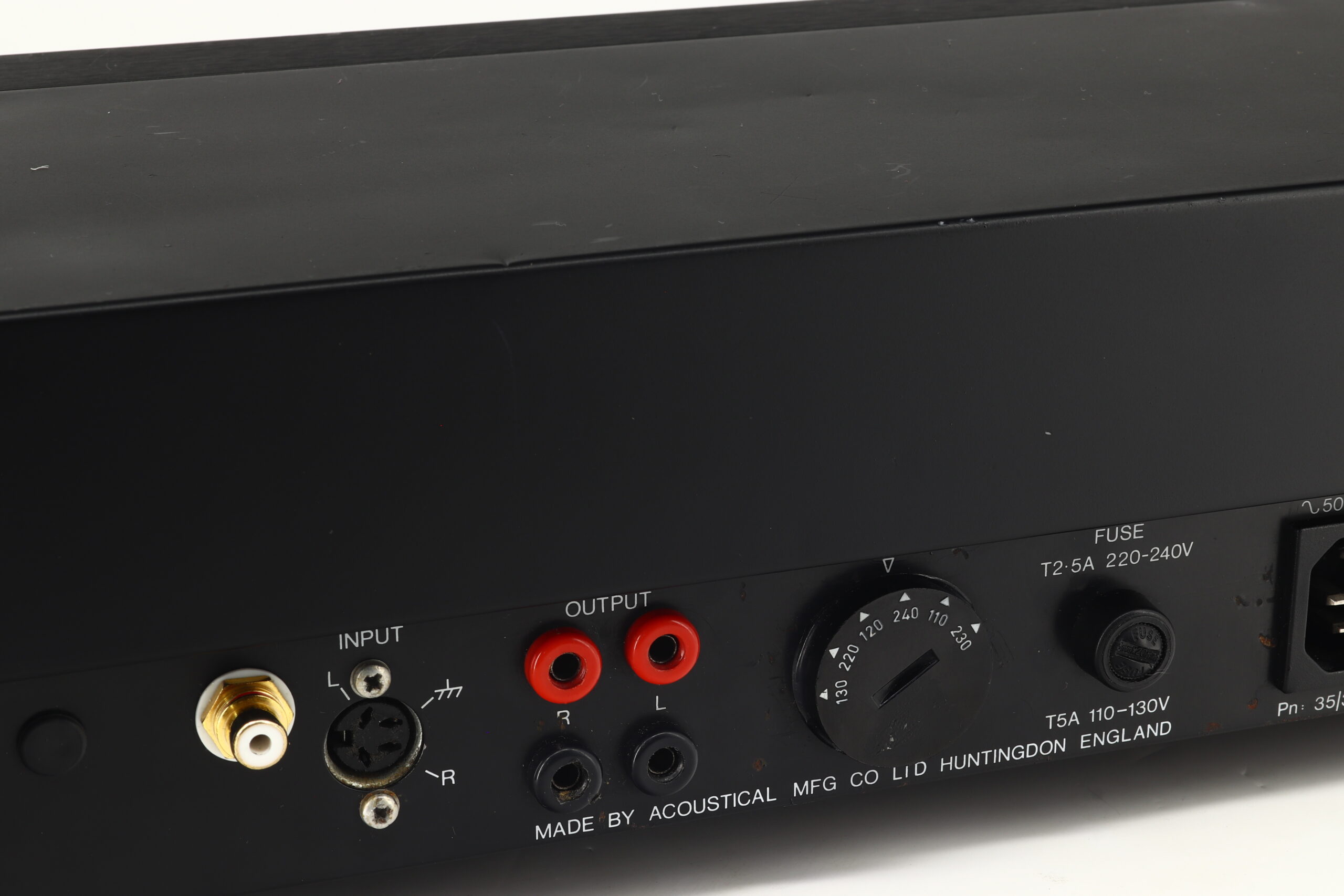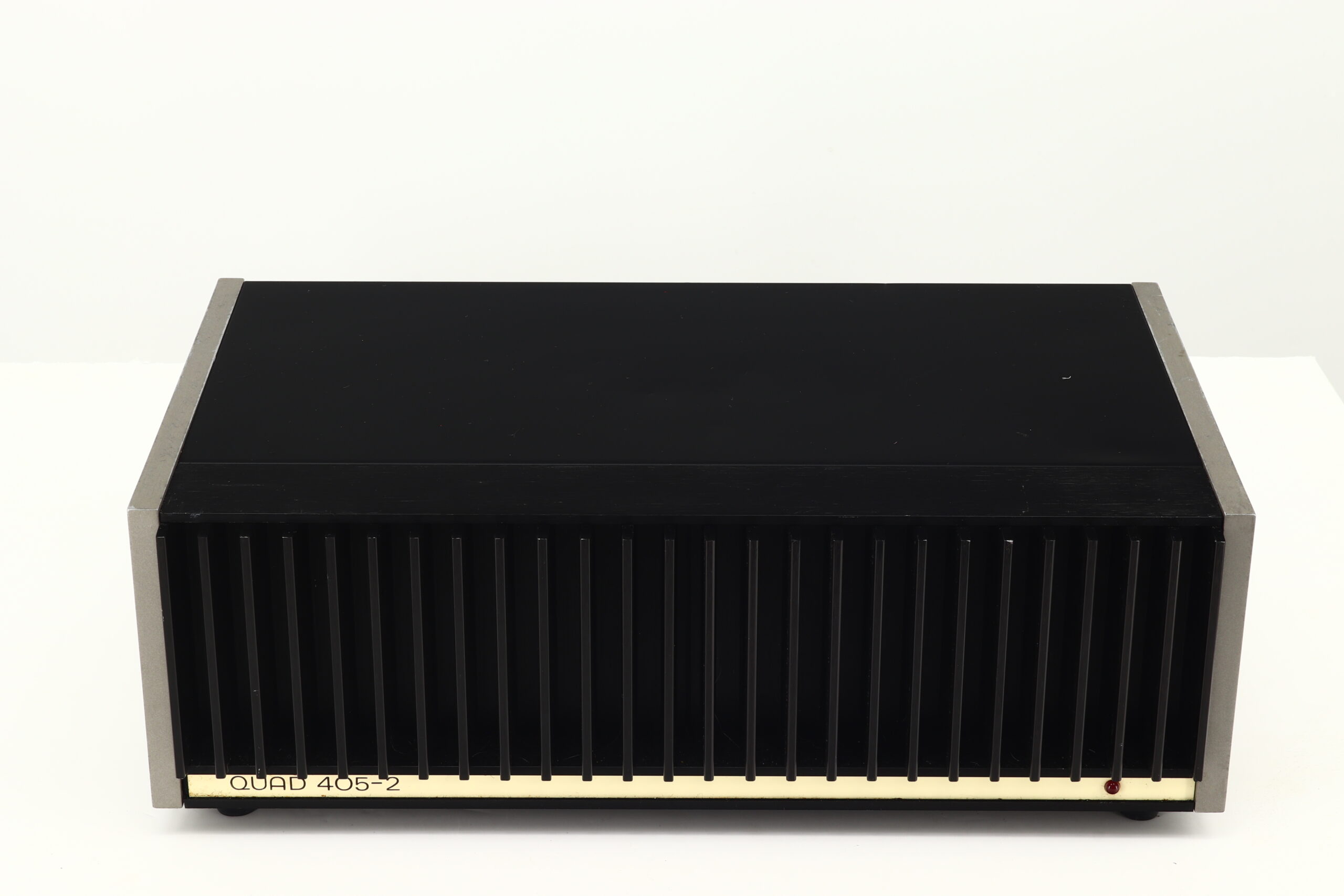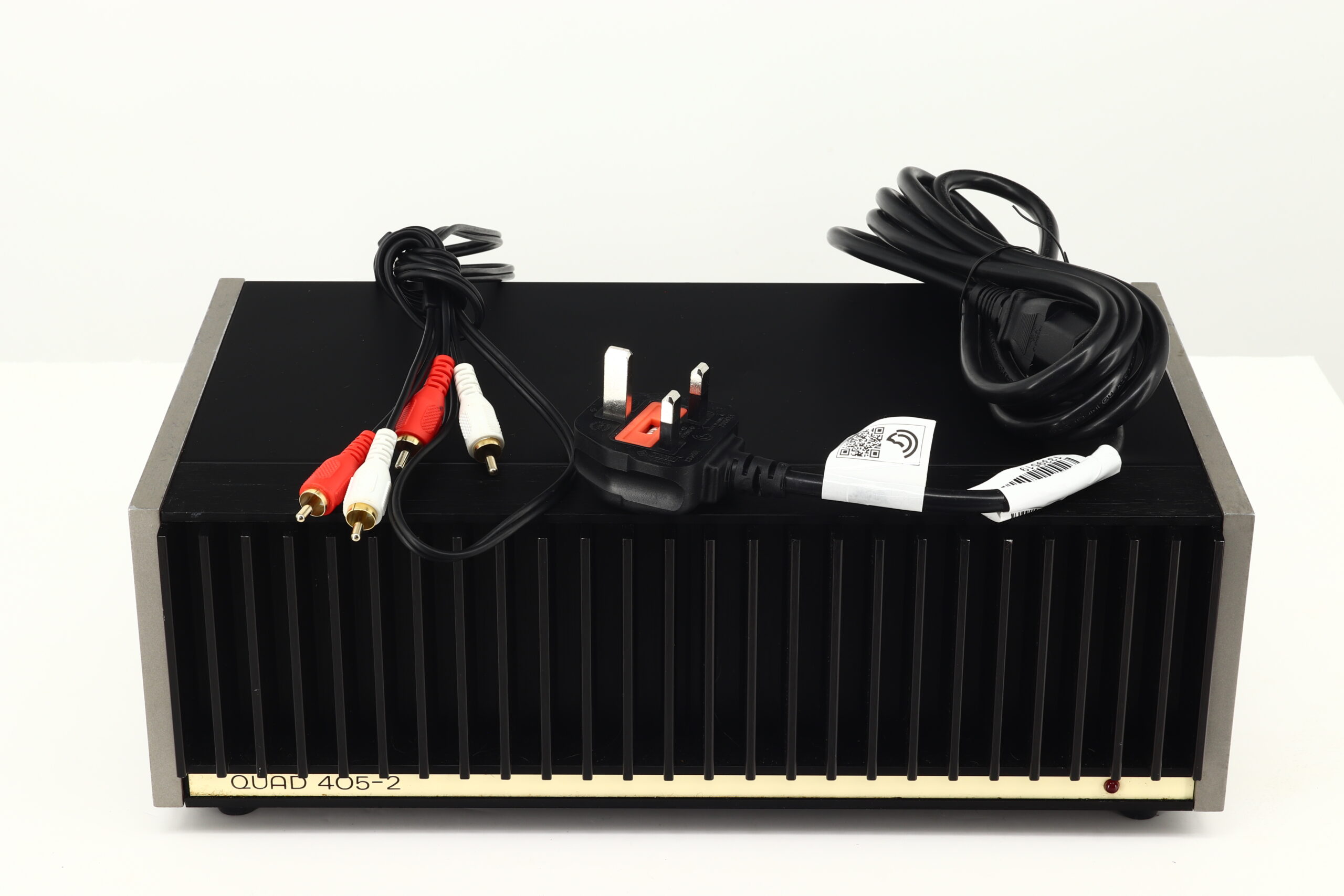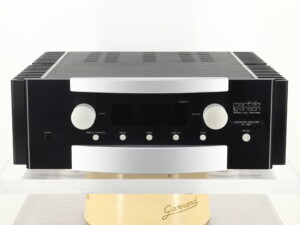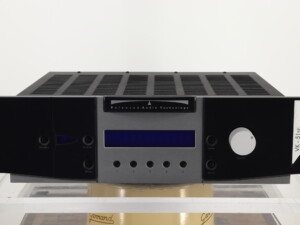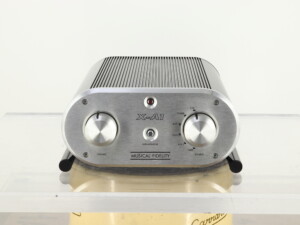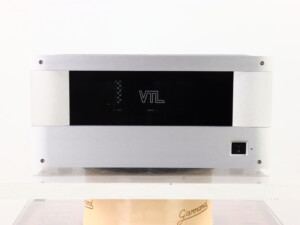Your basket is currently empty!
Quad 405-2 Power Amplifier
£350.00
Manufacturer : Quad
Model : 405-2
Serial Number : 70400
Packaging : N/A
Accessories Included : Mains Cable / Interconnect
Price When New :
1 in stock
Description
Peter Walker founded the Acoustical Manufacturing Co. in 1936, and since then all Quad products have displayed originality in design, and over the years, made a major contribution to the improvement of sound quality. Here we have a 405-2 power amplifier that is fully working but does show signs of its age cosmetically – please see photographs. It comes suitably packaged with our standard 3 month warranty.
Quad Say….
More than 60.000 Quad 405 current dumping amplifiers are in use around the world providing the “closest approach to the original sound” in the homes of serious music listeners, in recording and broadcasting studios and for sound reinforcement where quality is of prime importance.
The Quad 405-2 exploit improvements in component technology to provide more VA into a wider variety of loads than the original Quad 405 without compromising performance and reliability.
The Quad 405-2 will produce perceptibly higher sound pressure levels from the majority of loudspeakers than the original Quad 405, which will be of significant benefit with the increased dynamic range of modern programme sources.
The 405-2 uses ”current dumping; a Quad invention based on feedforward error correction which eliminates many of the problem traditionally associated with transistor amplifiers.
“Feedforward error correction” was first proposed by Harold Black in 1928, in which a derived error signal is added to the output signal of an amplifier in exactly the right amount to cancel the distortion produced by the amplifier. While it is relatively easy to add error current to signal current without interaction, as in Black’s invention, it is very much more difficult to do so in voltage terms. Loudspeakers require a stiff source and so ‘feedforward’ has found no successful application in audio amplifiers.
What Quad has done – not quite as easy as it sounds – is to produce a current controlled amplifier, apply a special type of feedforward current error correction and then apply overall voltage feedback to convert the whole to a voltage amplifier. There is in effect, both a low powered very high quality amplifier and a high powered heavy duty amplifier, the current
dumpers. The low power amplifier controls the loudspeakers at all times, calling upon the high power section to provide most of the muscle. The small amplifier which carries the error signal is so arranged that provided the large power transistors get within the target area of the required output current, it will fill in the remainder accurately and completely.
The quality is solely dependent upon the performance of the low powered high quality amplifier together with four passive components. When correctly designed, all distortion in the output stage is reduced to zero.
With this technique it is possible to produce an amplifier of very high performance without using carefully matched relatively fragile output devices. There are no crossover biasing problems, no alignment or adjustment is required to obtain optimum performance and nothing can go out of alignment during life. In the event of component failure, replacement can be effected and performance restored without realignment.
“Current Dumping” was originally presented as a paper to the AES 50th Convention. Since then a number of technical
articles and papers have appeared which confirm the inherent advantages of current dumping over conventional class B techniques.
The Quad 405-2 is fitted with a new Quad designed protection circuit. This is a load sensitive, time-dependent current limiter which overcomes the problems associated with conventional ”load-line” circuits. The amplifier will deliver an instantaneous maximum current of 8.5A into any load. If the load is too reactive, or of a resistance substantially below 4Ω, the current limit is smoothly and progressively reduced to a value which enables the output transistors to remain within their safe operating area. In the extreme case of a short circuit this value is 3.1A. When the signal level falls, or the short circuit is removed the current limit gradually returns to its initial level. This enables the amplifier to deliver high peak currents into almost any load when handling a normal music programme, while fully protecting the output devices from sustained overloads into short circuit or purely reactive loads. Shorting both outputs simultaneously on signal for an extended period (minutes) is not protected.
The Quad 405-2 is normally used with a Quad control unit, but other signal sources can be readily accommodated. Since the amplifier has no controls it may be mounted out of sight in a well-ventilated cupboard.
Great care has been taken to ensure that the high power output of the 405-2 do not increase the risk of damage to the loudspeaker. Although direct coupled. the DC offset voltage is confined to negligible values even under gross overload. A fixed high pass filter is incorporated to prevent spurious subsonic signals from reaching the loudspeaker.
In the unlikely event of component failure causing offset, the output to the loudspeakers is instantaneously interrupted by a clamp circuit.
Not all loudspeakers can safely accept the full power output of the Quad 405-2, and the amplifier is provided with a power limiter which is fitted internally for use in such cases.
The Quad 405 has won both a Design Council Award 1976 and The Queen’s Award for Technological Achievement 1978.
Specifications:
Power output: 100 watts per channel into 8Ω (stereo)
Frequency response: 20 Hz to 20 kHz
Total harmonic distortion: 0.05%
Input sensitivity: 0.5 V
Signal to noise ratio: 96 dB
Speaker load impedance: 4 Ω to 16 Ω
Dimensions: 340.5 (W) x 195 (D) x 115 (H) mm
Weight: 9.0 kg

